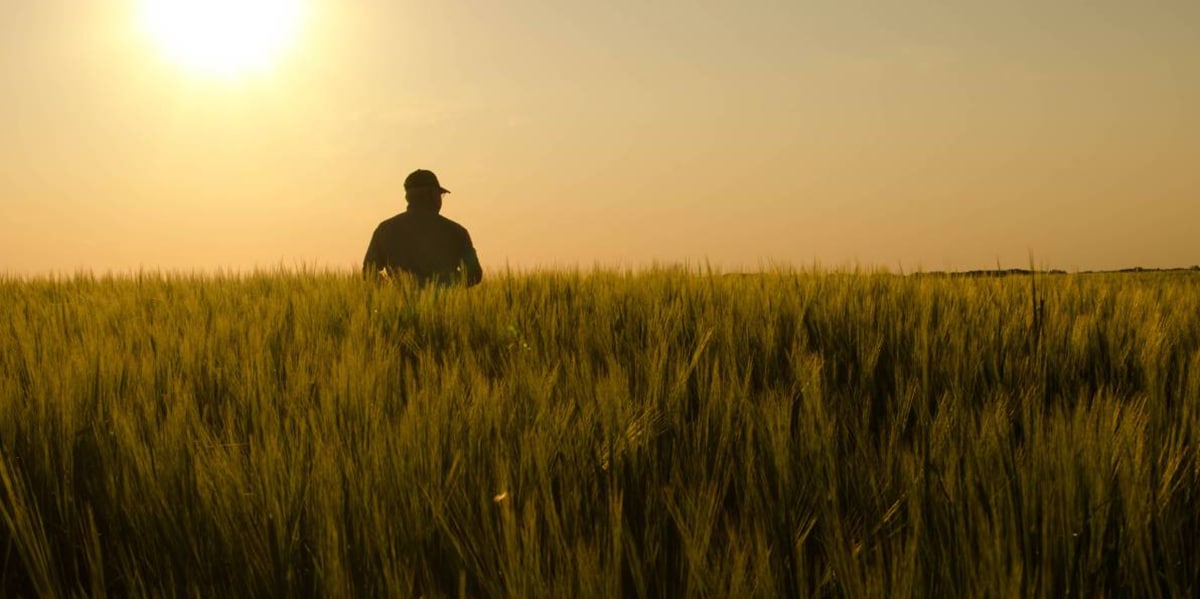
One of the most important countries in Oceania is Australia, a distant land that today appears as an almost Covid-free destination, where life is as it was before. Or almost. But what do we know about Australia? We can start by imagining that with such an expanse of land agriculture in Australia is important.
And so it is, agriculture and man have been intimately linked since the beginning of time, and in the case of Australia, since the time of its colonization by the United Kingdom. But what kinds of crops are there, where are the fields, where is it exported to? All this today, in our article Absolut Viajes.
Australia
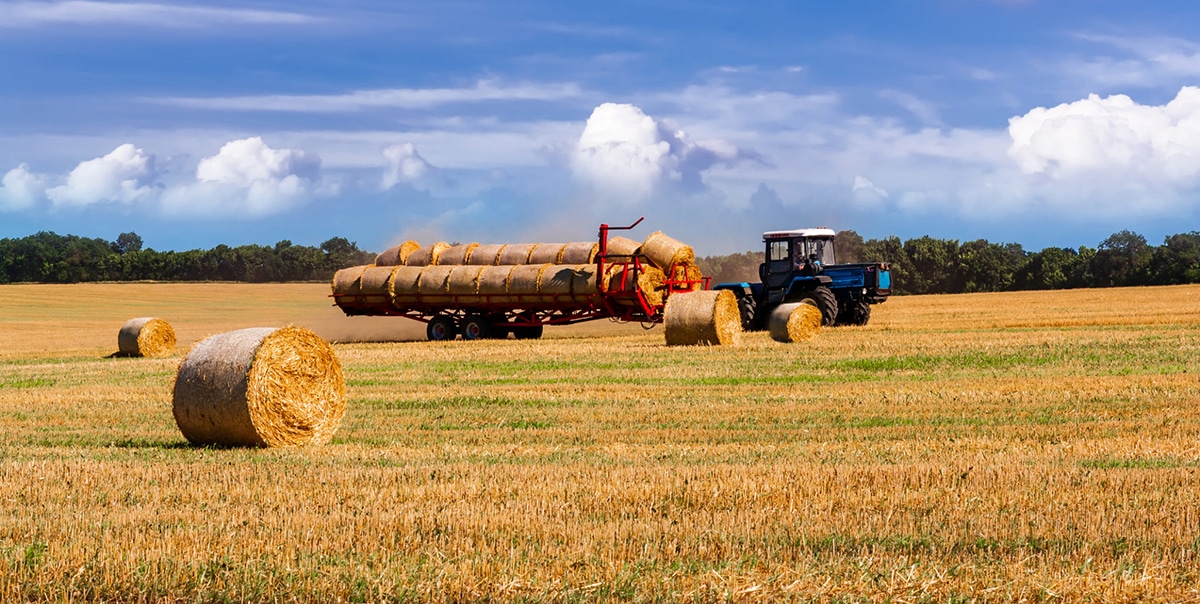
As we said above, agriculture is a very important activity in the development of countries like Australia, where the extension of land is gigantic. Here, traditionally, it has dominated wheat and cattle And so it is still today, into the XNUMXst century.
It is true that much of the Australian terrain is arid, but not all, and Australians have struggled to install irrigation systems important that fight the natural dryness of the earth day by day. The country has more than seven million square kilometers of surface, between mountains, deserts, tropical beaches and salt flats.
Agriculture in Australia
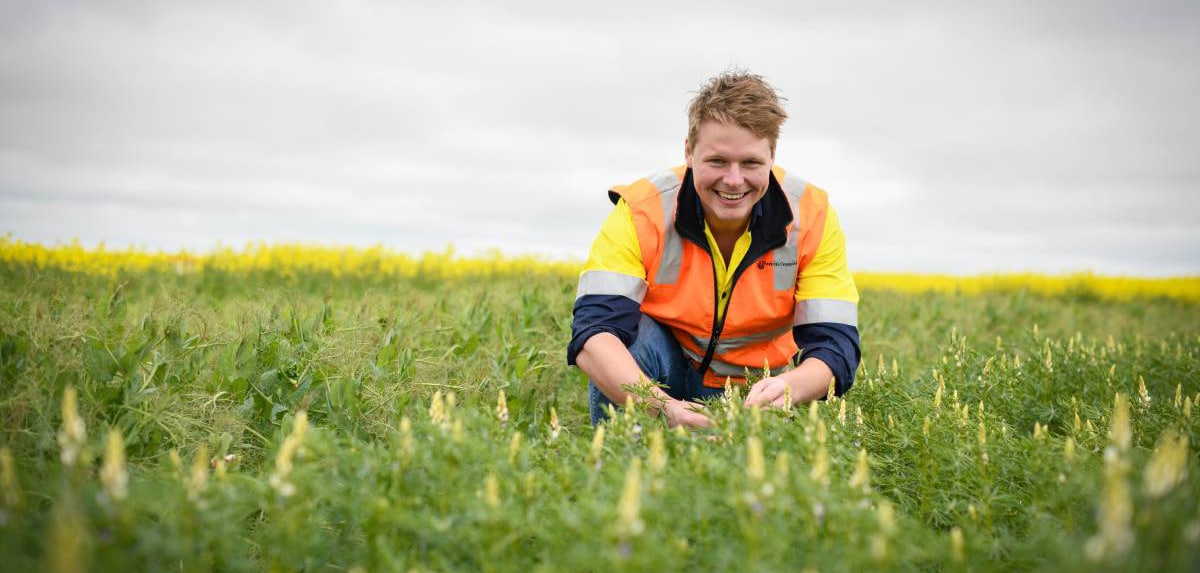
What is grown in Australia? Mainly wheat and barley, sugar cane, lupines (it is the main producer worldwide), chickpeas (it is the second in the world), canola, grapes and to a lesser extent also cultivates rice, corn, citrus and other fruits.
But let's see, the main products of Australian agriculture are wheat, barley and sugar cane. They follow him in agricultural matters cattle, cattle and cattle, and its derivatives such as dairy products or wool, lamb meat, fruits and vegetables. Wheat is leading and it grows in all states, although there are "wheat belts" in the southeast and southwest of the country. But in contrast to its southern hemisphere competitors, the country does not have standard winters or springs, so its production is concentrated on white grain wheat (for breads and pasta) and does not produce red grains.

It is planted in winter, May, June and July, and the harvest begins in Queensland in September or October and ends in Victoria and southern Western Australia in January. Production is highly mechanized and the cultivation of grains goes hand in hand with the raising of cattle and the cultivation of barley and other grains. Both things work in the same agricultural establishment.
Cereals, oilseeds and legumes are produced on a large scale, both for human consumption and to feed ordinary livestock. Sugarcane is grown in the tropics and it is also important in the national economy, but as it is not subsidized (as is the case in Europe or America), it is very difficult for it to compete with, for example, the Brazilian sugar industry, which is far ahead of the competition.
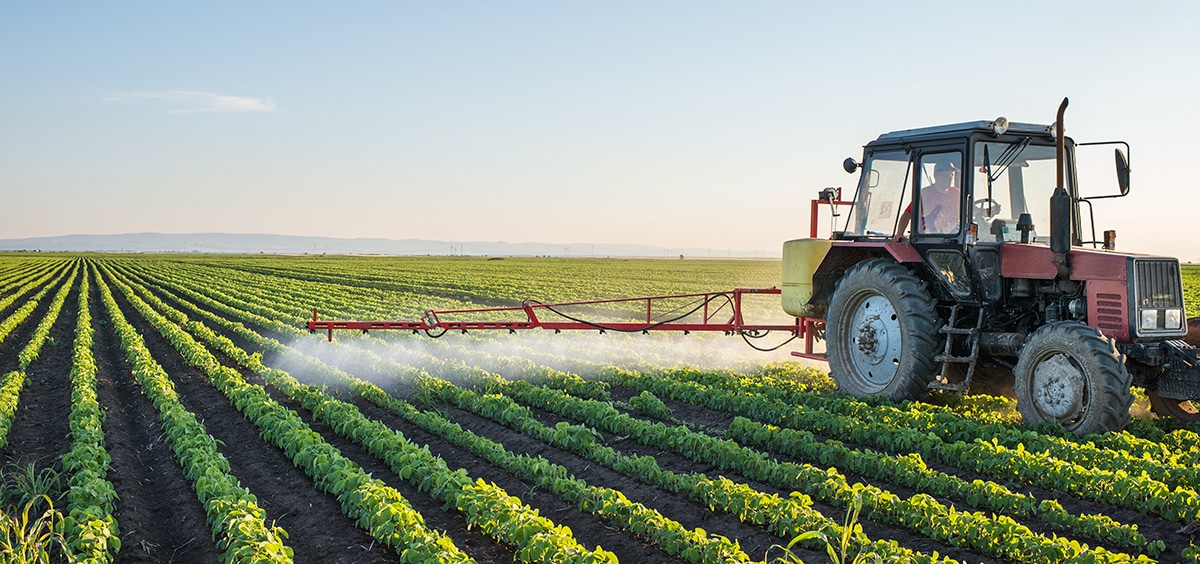
Cane cultivation is very important on the Queensland coast and in the north of New South Wales or in the artificially irrigated area of Western Australia. There is almost no manual labor, everything is highly mechanized, from planting to harvesting and milling.
The meat is a classic of Australia although its cattle It is not as famous as the Argentine or as sold as the Brazilian, for example. But it must be said that is the second meat exporter behind Brazil. In all the states of Australia cattle are raised and basically depend on the external market because almost 60% of production is exported, especially Japan, Korea and the United States.
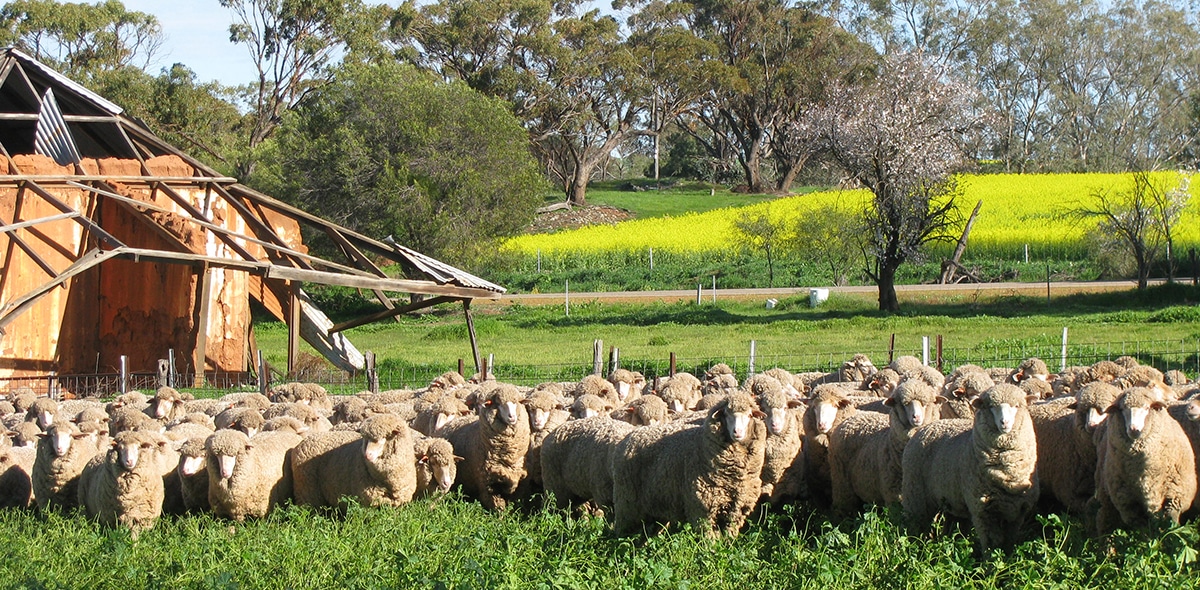
Before the arrival of the Europeans in Australia there had not been any winners here. It was the British who brought some races the Hereford, Aberdeen Angus or Bos taurus which is ultimately the one that prevailed. Today there are many complaints against this activity, as all over the world there is talk of reducing meat consumption, being a vegetarian, animal cruelty and global warming due to animal feces, but everything remains the same.
And what about the sheep? In the 70s of the XNUMXth century the number of cattle was enormous, but from then on it began to decrease and today it is a third of what it was at that time. Still Australia remains world leader in the production of merino wool. And that there are fewer and fewer cattle producers and more farmers who combine cattle with grains.
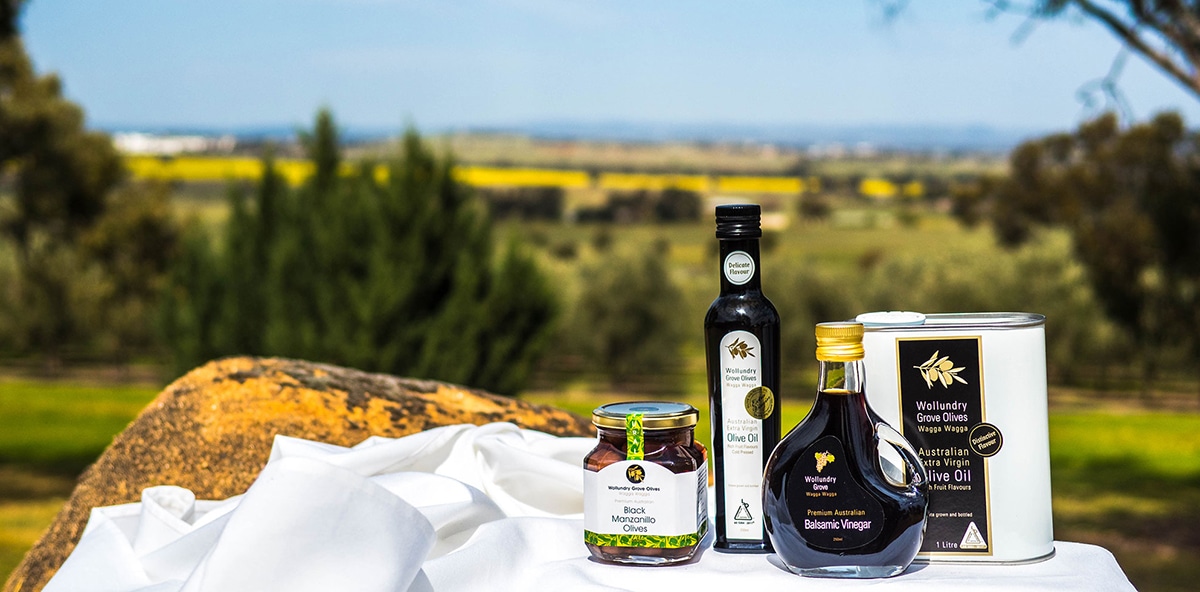
Olives have been cultivated in Australia since the XNUMXth century. The first olive groves were planted in Moreton Bay, in Queensland, in a prison (remember that the origin of the country is to be a penal colony). By the middle of the XNUMXth century there were thousands of hectares with olive groves and this was how they grew over time. Today it is exported to the United States, Europe, China, Japan and New Zealand. When the Chinese began to consume more olive oil they began to invest in Australia so it seems that production will increase.
As well cotton is grown and as we said before, rice, tobacco, tropical fruits, corn, sorghum… And yes, grapes for the wine production. Viticulture experienced a boom in the 90s and almost half of the production was exported to the United Kingdom and to a much lesser extent to New Zealand, Canada, the United States and Germany.

Finally, it must be said that the Australian government is very involved in all rural activities: from the incentive it gave to the first pioneers in the work of the land, going through the different research activities it does or the educational and health services it offers, to the organization of the national and international market, price control, subsidies and so on.
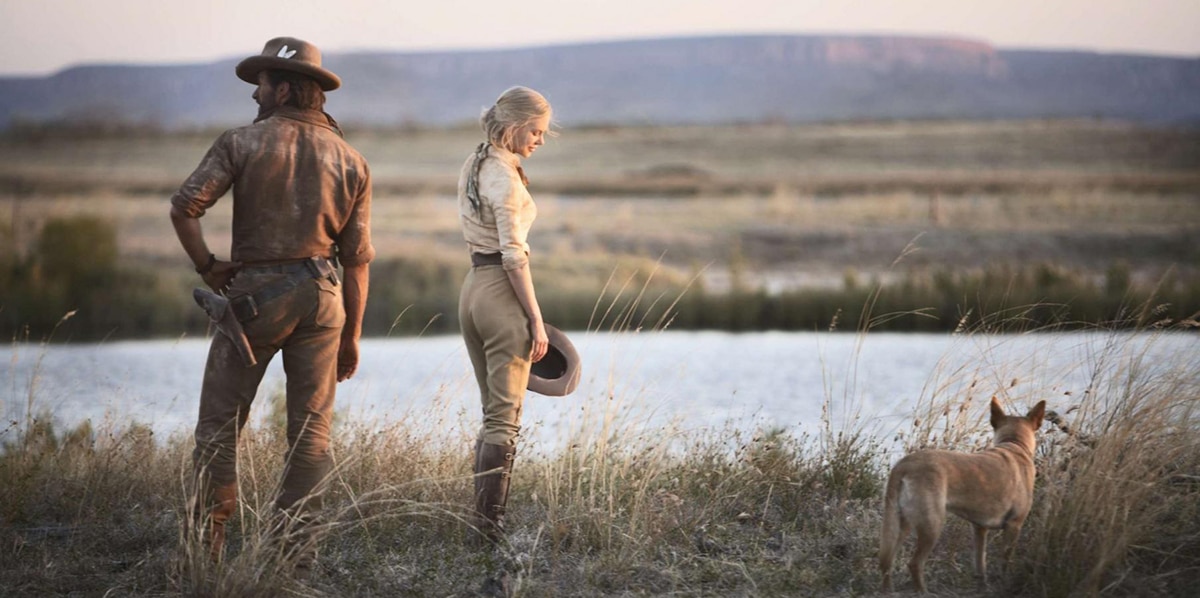
Australian cinema has several films that reflect this intense connection of people with the land. If I remember I remember the television series The Bird sings before it dies, in which the lady in love with the priest was the owner of an extensive and rich ranch; also Australia, the film starring Nicole Kidman that talks about cattle producers; or several more series whose protagonists are dedicated to agricultural activities. McLeod's Daughters, For example.
receive a special greeting from a citizen of a peasant community in the district of condormarca province of bolivar department of freedom, country Peru. my congratulations for the degree of culture of all its citizens, the technology, the potentialities of having water fertile lands appropriate for agriculture and livestock. If I can request you some videos sodre application of technology in agriculture and livestock, I hope to be able to communicate with people from the other side of our earth. Thank you bye bye see you soon
agriculture is very interesting and I clearly stay hahahahaha
I am interested in knowing about the technification of irrigation districts, especially that of canals (automated gates)